Increased Urbanization
Urbanization is a significant factor driving the Cranes Market. As populations migrate to urban areas, the demand for residential and commercial buildings escalates. This urban growth necessitates the use of cranes for various construction activities, from high-rise buildings to infrastructure projects. Recent statistics indicate that urban areas are expected to house nearly 70% of the world's population by 2050, leading to an unprecedented demand for construction services. Consequently, crane manufacturers are likely to focus on developing versatile and efficient cranes that can cater to the unique challenges posed by urban construction sites. This trend underscores the critical role of cranes in shaping modern cities and highlights their importance in the Cranes Market.
Technological Integration
The integration of advanced technologies into crane operations is reshaping the Cranes Market. Innovations such as telematics, automation, and remote control systems are enhancing operational efficiency and safety. These technologies allow for real-time monitoring of crane performance, predictive maintenance, and improved load management. As a result, companies are increasingly adopting smart cranes, which are expected to dominate the market in the coming years. Data indicates that the adoption of smart technologies in construction equipment, including cranes, could lead to a reduction in operational costs by up to 20%. This trend not only boosts productivity but also positions the Cranes Market as a leader in technological advancement within the construction sector.
Infrastructure Development
The ongoing expansion of infrastructure projects worldwide appears to be a primary driver for the Cranes Market. Governments and private sectors are investing heavily in the construction of roads, bridges, and buildings, which necessitates the use of cranes for efficient material handling and lifting operations. According to recent data, the construction sector is projected to grow at a compound annual growth rate of approximately 5.5% over the next few years, thereby increasing the demand for cranes. This trend is particularly evident in emerging economies, where urbanization and industrialization are accelerating. As infrastructure projects become more complex, the need for advanced crane technology that can handle larger loads and operate in confined spaces is likely to rise, further propelling the Cranes Market.
Rising Demand in Renewable Energy
The shift towards renewable energy sources is significantly influencing the Cranes Market. As countries strive to meet their energy needs sustainably, the construction of wind farms, solar power plants, and other renewable energy facilities is on the rise. This sector requires specialized cranes for the installation of large turbines and solar panels, which are often located in challenging terrains. Recent estimates suggest that the renewable energy sector could account for a substantial portion of crane usage, with wind energy alone projected to grow by over 10% annually. Consequently, manufacturers are likely to innovate and develop cranes tailored for these specific applications, thereby enhancing their market presence within the Cranes Market.
Regulatory Compliance and Safety Standards
The increasing emphasis on safety and regulatory compliance is shaping the Cranes Market. Governments and regulatory bodies are implementing stringent safety standards for construction equipment, including cranes, to minimize workplace accidents. This regulatory environment compels manufacturers to innovate and enhance the safety features of their cranes, such as improved stability systems and advanced operator training programs. Data suggests that compliance with safety regulations can reduce accident rates by up to 30%, thereby fostering a safer working environment. As companies prioritize safety and compliance, the demand for cranes equipped with the latest safety technologies is likely to rise, further driving growth in the Cranes Market.


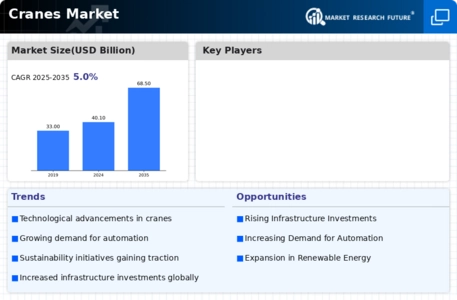
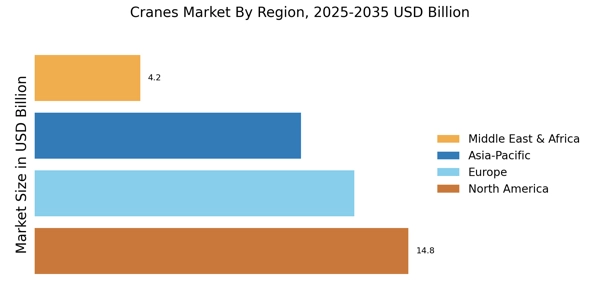
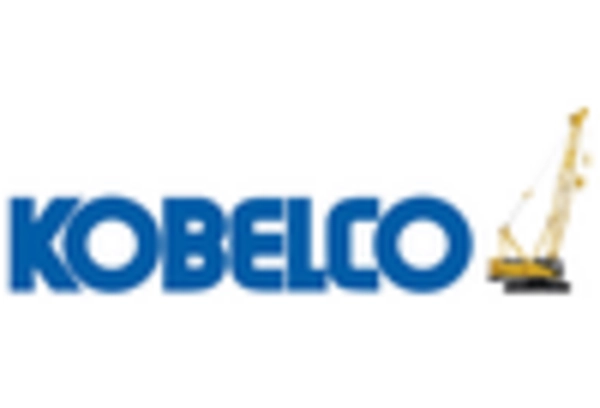

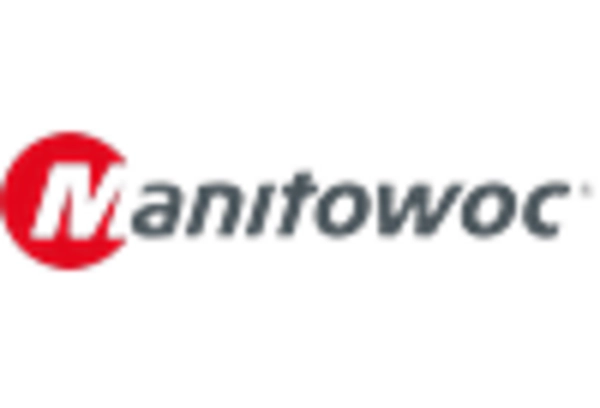
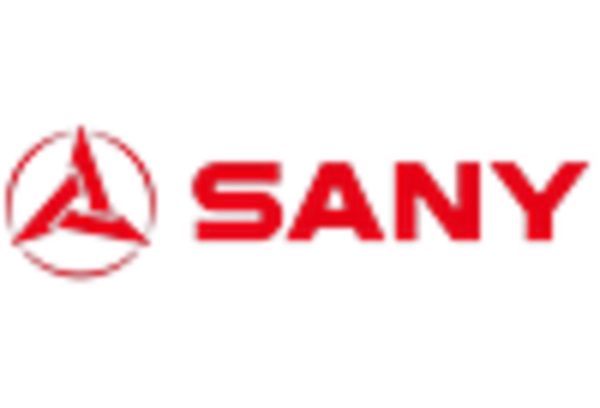
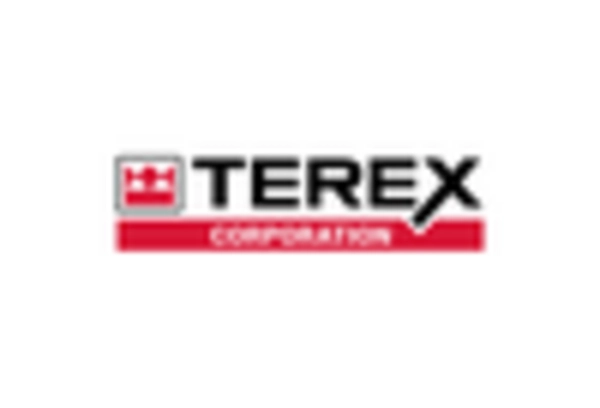
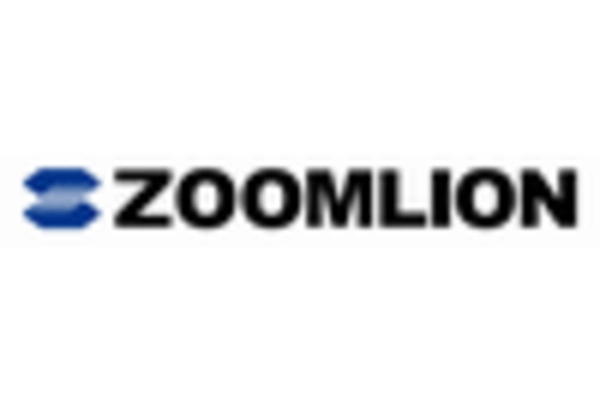








Leave a Comment